Though one may not exactly associate wildlife with this premier hill station, Shimla Wildlife sanctuaries can be a great surprise with its green surroundings, and cool climate. Nestled amidst the hills and forests surrounding this popular tourist destination are a few sanctuaries that offer a glimpse into the wildlife. These protected areas provide an opportunity to see different varieties of wildlife, like the assortment of birds in Chail Sanctuary. Similarly, peaceful strolls in Shimla Water Catchment Sanctuary are lovely, away from the bustle of city life and into the lap of scenic beauty.
7 Shimla Wildlife Sanctuaries
Here’s a concise list of wildlife sanctuaries and notable wildlife areas around Shimla.
1. Kufri Wildlife Sanctuary
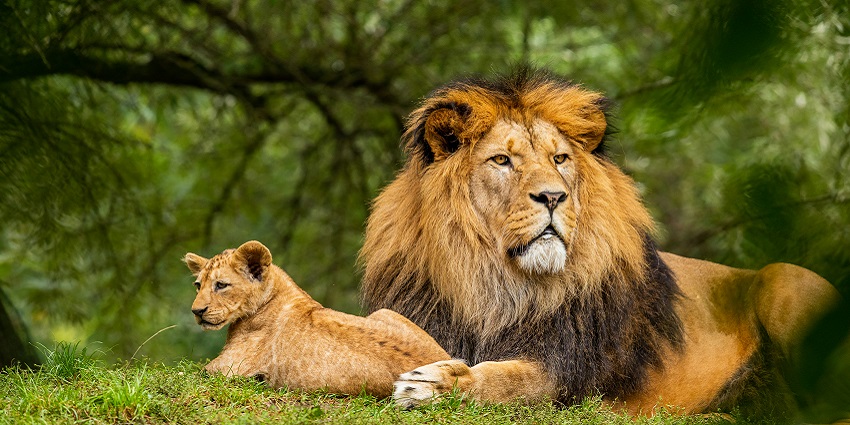
Photo: Zdeněk Macháček / Unsplash / Image For Representation Only
The Wildlife Sanctuary at Kufri is one of the best wildlife sanctuaries in Shimla. It lies a few kilometres from the city and comprises a beautiful, enriched environment with flora and fauna. In tandem with all this, the sanctuary houses the popular ‘Danaderr Himalayan Monal,’ the state bird of Himachal Pradesh. Due to its options for trekking and spotting wild animals, Kufri Wildlife Sanctuary is on the list of popular tourist places to visit in Shimla among people who want to blend natural beauty with an encounter with wildlife.
Distance From Shimla: Approximately 16 km
How To Reach: Accessible via taxi or private car and buses
Timings: 9 AM – 5 PM
Entry Fee/Person: ₹50 – ₹100
Suggested Read: Wildlife Sanctuaries In Himachal Pradesh To Visit On Your Upcoming Trip
2. Shimla Water Catchment Sanctuary
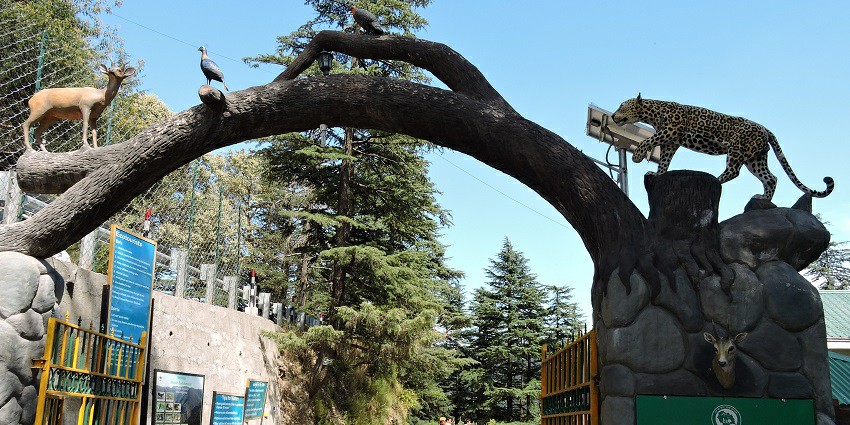
Photo: Harvinder Chandigarh / Wikimedia Commons
Shimla Water Catchment Sanctuary is a key ecological area and a beautiful wildlife sanctuary in Shimla, playing a crucial role in conserving the city’s water resources. The sanctuary has thick greenery forests and is inhabited by various species of flora and fauna, such as deers of different breeds and leopards. Serene natural landscapes are ideal for gentle walking and observation of wildlife. As one of the crucial areas to maintain the water supply to Shimla, it is also beautiful for nature enthusiasts and researchers, providing an excellent opportunity to probe into the region’s biodiversity and environmental significance.
Distance From Shimla: Approximately 6 km
How To Reach: Short drive or walk from Shimla’s main areas via taxis and local buses
Timings: 9 AM – 5 PM
Entry Fee/Person: ₹50
3. Kiala Forest
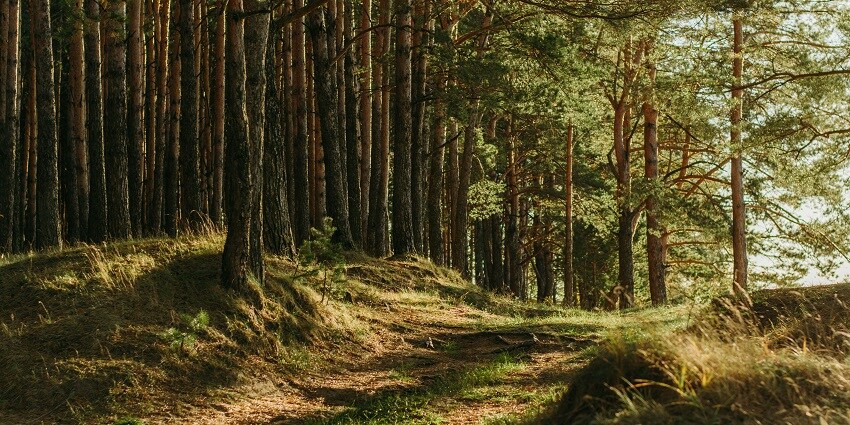
Photo: Irina Iriser / Unsplash / Image For Representation Only
Kiala Forest is one of the unexplored top wildlife sanctuaries in Shimla. It is known for its tranquil setting and vast biodiversity. The serene trails and green vegetation set the ideal background for peaceful hikes and nature walks. The relatively pristine environment of Kiala Forest lets visitors get as close to nature as possible, making it an ideal spot for those seeking a quiet retreat and connecting with the natural beauty of Shimla.
Distance From Shimla: Approximately 14 km
How To Reach: Accessible by taxi or private vehicle from Shimla
Timings: 9 AM – 5 PM
Suggested Read: Explore The Natural Beauty Of Chandratal Wildlife Sanctuary In Himachal Pradesh
4. Sanjauli Forest
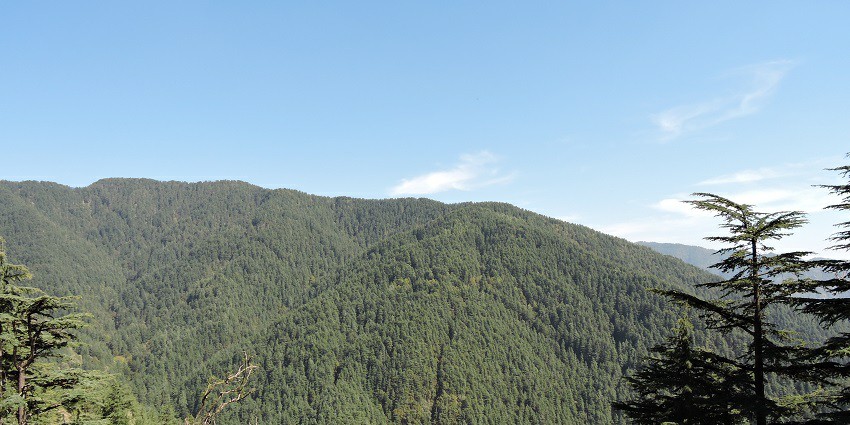
Photo: Harvinder Chandigarh / Wikimedia Commons
Sanjauli Forest is quiet and scenic, with immense greenery and varied wildlife. This rather unknown sanctuary provides an opportunity to escape the noise of the city. It has dense foliage and is inhabited by various wildlife, including several species of birds and small mammals. Located in Shimla, Sanjauli Forest is a beautiful wildlife sanctuary that offers a quiet setting for visitors to have a nature walk or stroll. It is a stunning destination that provides an opportunity for people who come to Shimla to experience the beauty of nature.
Distance From Shimla: Approximately 7 km
How To Reach: Short drive or walk from Shimla via taxis and local buses
Timings: Open throughout the day
5. Chail Wildlife Sanctuary
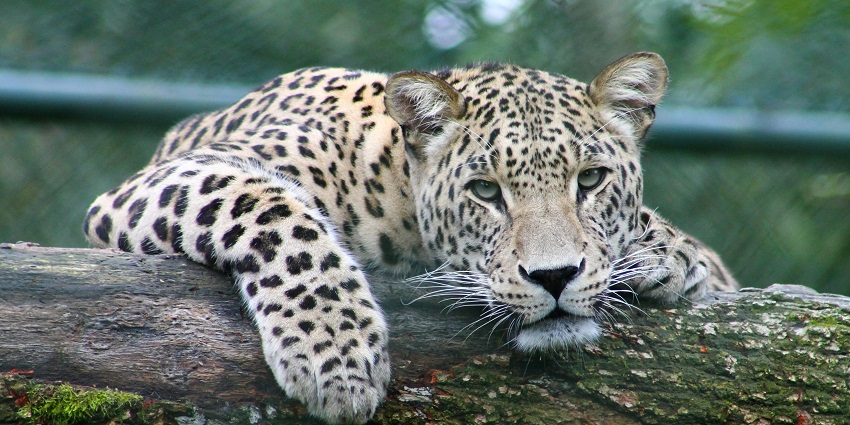
Photo: Gwen Weustink / Unsplash / Image For Representation Only
Chail Wildlife Sanctuary is the best of all wildlife sanctuaries in Shimla. The undulating hills, thick forests of oak and pine, and grassy meadows provide a stunning habitat for the animals. These range from Himalayan black bears, leopards, and barking deer to an array of flora and fauna. Added to these are the sweet chirping of birds and rustling of leaves, making this sanctuary still more serene in its atmosphere. Chail Wildlife Sanctuary features a wide range of varied terrain conditions, from deep ravines to grassy clearings.
Distance From Shimla: Approximately 45 km
How To Reach: Scenic drive from Shimla accessible by taxi or bus
Timings: 9 AM – 5 PM
Entry Fee/Person: ₹50 – ₹100
Suggested Read: Enhance Your Vacation With These Things To Do In Shimla
6. Great Himalayan National Park
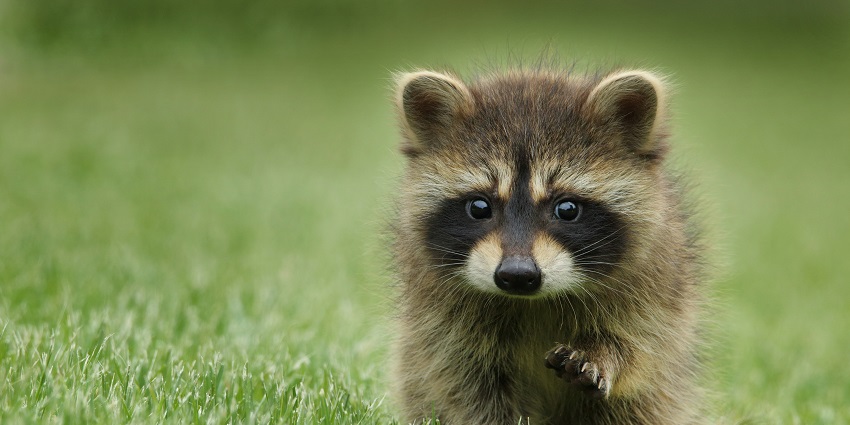
Photo: Gary Bendig / Unsplash / Image For Representation Only
One of the most outstanding wildlife sanctuaries near Shimla, the Great Himalayan National Park is a UNESCO World Heritage site sprawled over 1,171 square kilometres in the Tirthan Valley region. This vast park has fantastic biodiversity, varying from temperate lush green forests to alpine meadows. It is a habitat for many rare and endangered species, including the Himalayan tahr and snow leopard. It features several treks with varied levels of difficulty, thus allowing all visitors to get a view of its magnificent beauty and wealth of wildlife.
Distance From Shimla: Approximately 120 km
How To Reach: Reach the town of Sai Ropa and then trek or take a local vehicle to the park
Timings: 6 AM – 6 PM
Entry Fee/Person: ₹50 – ₹100
7. Tattapani Wildlife Area
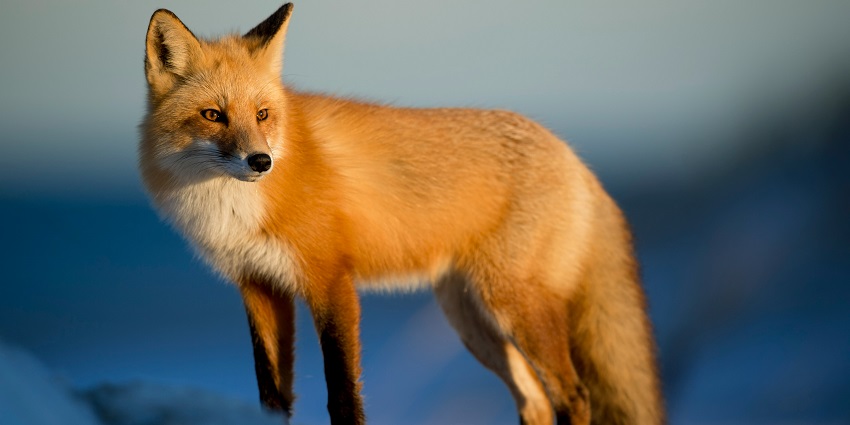
Photo: Ray Hennessy / Unsplash / Image For Representation Only
Tattapani Wildlife Area is a quiet enclave of charming landscapes with a variety of natural hot springs. It has an overgrowth of forests, rolling hills, and the meandering river Sutlej that continues to add to the serenity of this place. Rich in biodiversity, Tattapani is a home place for different species of flora and fauna, including the Himalayan bear and diverse bird species. Combined with natural beauty, scenic regions of hot springs, and wildlife, Tattapani is a perfect destination for nature lovers who crave tranquillity as much as entertainment.
Distance From Shimla: Approximately 50 km
How To Reach: Accessible by taxi or bus from Shimla
Timings: 9 AM – 5 PM
Suggested Read: An Ultimate Guide To Enjoy Adventure Sports In Shimla
Other Factors To Consider
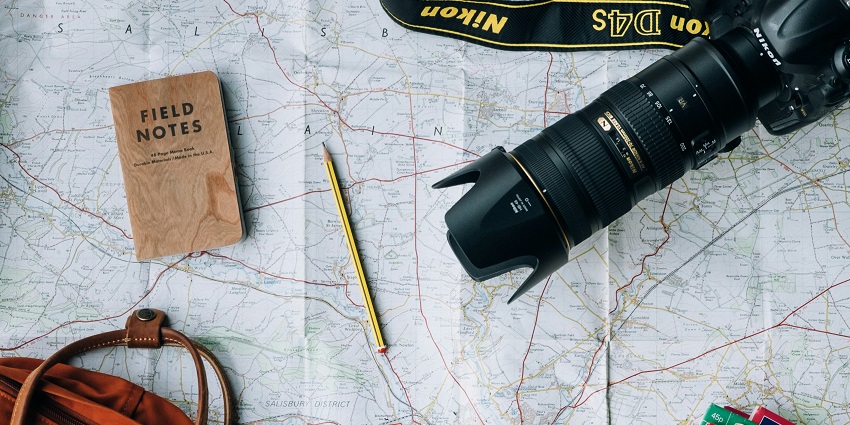
Photo: Annie Spratt / Unsplash / Image For Representation Only
Average Cost Of The Trip
The cost of a trip to wildlife sanctuaries in Shimla varies based on factors such as transportation, accommodation, park entry fees, guides and safari costs, and food and miscellaneous expenses. Private taxis can cost around ₹2,000 to ₹4,000 per day, while public transport is cheaper. Budget hotels range from ₹1,000 to ₹2,000 per night, while mid-range hotels cost between ₹2,500 to ₹5,000 per night. The wildlife sanctuaries, Shimla ticket price range from ₹50 to ₹500 per person. Food and miscellaneous expenses can range from ₹500 to ₹1,500 per day.
Tips For Travellers
- To enhance your wildlife sanctuary visit, check seasonal conditions, pack accordingly, respect wildlife, hire local guides, stay hydrated, plan for early mornings or late afternoons, follow park rules, book in advance, be prepared for bumpy roads, and consider travel insurance.
- The best time to visit Shimla wildlife sanctuaries is between March and June or September and November when the weather is pleasant and wildlife activity is higher.
- Click photos in the wildlife sanctuaries in Shimla without disturbing the animals.
- Maintain a safe distance from animals and follow park rules to ensure your safety and the well-being of the wildlife.
- Consider hiring local guides for valuable insights and to plan your visit around these times.
Though one does not associate wildlife with this pretty hill station, the Shimla wildlife sanctuaries provide serene escapes for the nature-loving soul. From a myriad of birdlife in the Chail Sanctuary to peaceful strolls through Shimla Water Catchment Sanctuary, these are places of peace. Let TripXL, your trusted travel companion, help you chalk out a sojourn that takes you through the wilds of Shimla.
Cover Photo: Scott Walsh / Unsplash / Image For Representation Only


 WhatsApp
WhatsApp
 Twitter
Twitter









